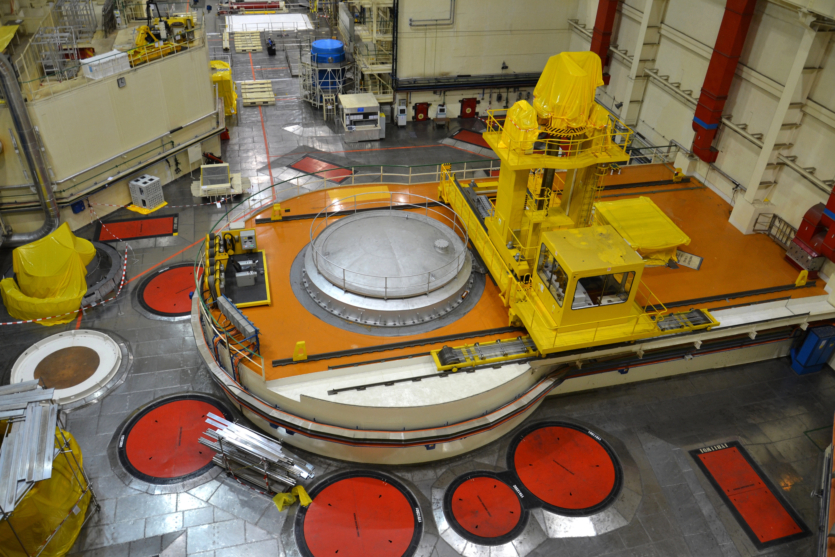
According to the American physicist Terence Tarnowski of the Los Alamos National Laboratory, rare tritium can be obtained from a by-product of nuclear fission, which is used in existing nuclear reactors.
Tritium is not naturally occurring and its production is expensive and limited. At the moment, fusion is still has not reached the commercial level as the reactions do not yet produce more energy, than is necessary for their operation. Another obstacle limiting the approach of fusion to commercial use is the cost of fuel for such reactions, in particular tritium.
“Nuclear fusion can potentially provide an emission-free and powerful source of energy. But right now, tritium is limited in availability and expensive, and this is hindering the success of this technology”, — Tarnowski emphasizes.
According to Terence Tarnowski, the first generation of commercial fusion reactors is likely to use reactions, that require tritium. While other fusion reactions, such as deuterium and helium-3 fusion, could theoretically be used to produce electricity, they require much higher temperatures and are therefore more expensive and less practical. Currently, the accumulation of large amounts of tritium is a problem. This isotope is highly radioactive and has a short half-life.
“Tritium decays by 5.5% per year, so you can’t put excess tritium in a bank and get it all back in 50 years, as is possible with other energy sources”, — explains Terence Tarnowski.
The scientist is convinced, that the successful operation of future fusion reactors will require a new, cheaper and simpler way to produce tritium. Existing nuclear power plants operate on the principle of atomic fission. When atoms decay, they release energy. In addition, fission produces a significant amount of long-term nuclear waste.
Spent nuclear fuel, which once powered the nuclear fission process, becomes unusable. It consists of unusable uranium and plutonium, as well as fission products, such as strontium and iodine isotopes, which can take up to hundreds of millions of years to decay.
In this regard, Tarnowski proposes to obtain tritium from a large amount of radioactive waste, using a particle accelerator to splitting of atoms. The atoms, that are split will undergo a series of reactions, that eventually produce tritium. This process will not destroy the nuclear waste, as the residual products of this process will be as hazardous as the starting material, but this byproduct will have further applications.
Tarnowski argues, that the fundamental design of such a technology is not innovative. However, recent technological advances can make this method of tritium production much more efficient.
According to the researcher’s preliminary calculations, consuming 1 GW of energy, which costs at least several tens of millions of dollars, this system could produce 2 kg of tritium per year. This amount of tritium, if used for fusion, would be enough to power tens of thousands of homes in the United States for a year. Tarnowski is convinced, that his proposed design will make it possible to produce 10 times more tritium, than other methods while consuming the same amount of energy.
The researcher also notes, that the United States does not have stable and predictable cheap supplies of tritium. Its cost is about $33 million per kg. At the same time, thousands of tons of nuclear waste pose a potential hazard to the environment, and their storage is very expensive.
“This technology is already possible today. This would be a serious paradigm shift in the use of spent nuclear fuel that we already have and that belongs to the state”, — Tarnowski assures.
Source: LiveScience

Spelling error report
The following text will be sent to our editors: